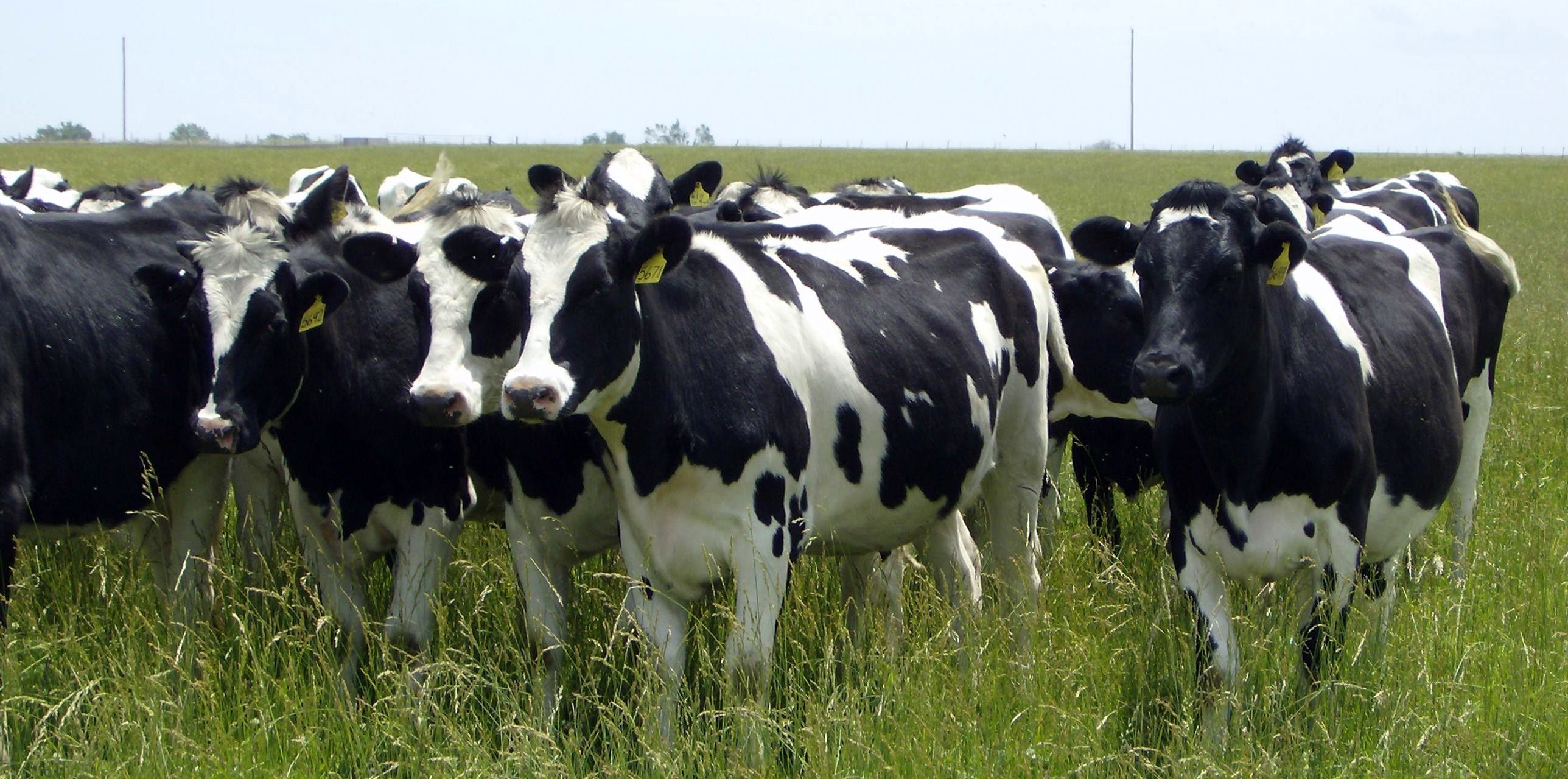JEFFERSON CITY, Mo. – Concerns related to the decline of the dairy industry have resulted in a landmark bill being sent to the governor to sign in order to sustain and grow the industry in Missouri.

“In the last 10 years, we have lost half of our dairy farms. We are averaging one hundred farms a year that are going out of business,” Rep. Casey Guernsey, R-Bethany, said. “We’re now to the point that we are losing so many dairy farms that we are losing our processors – we lost two processors last year. We have 14 remaining. It’s a cyclical process – they don’t have milk to process.”
Guernsey explained to The Missouri Times that farms are closing because the margins are too risky for many farms to sustain. He gains his extensive knowledge in being a seventh-generation dairy farmer, though he sold his farm in 2009.
House Bill 1326, which Guernsey sponsored, was sent to the governor last week and Guernsey hopes it will help to stabilize the dairy industry in Missouri. The bill establishes the Missouri Dairy and Agriculture Education Act.
“Last year, I did an interim committee to figure out, more or less, what we can do to not only help the dairy farmer, but the processors, to help stabilize the industry – at the most, grow it. We are very lucky to have the leading dairy economist, for all intents and purposes, who wrote the dairy section of the last federal farm bill,” Guernsey said.
The decline of the dairy industry was recognized by Washington, D.C., and highlighted in the last Farm Bill, providing some relief to the dairy industry nationwide.

“For two long years, farmers in Missouri and across the country waited for a Farm Bill,” U.S. Senator Roy Blunt said. “During this period, Missouri farmers endured the most significant drought since the 1950s, which stretched producer margins and caused liquidation in the dairy industry. The Dairy Margin Protection Program, created by the new Farm Bill, provides much needed certainty for an industry that supports the employment of more than 23,000 Missourians. I have pressed the Secretary of Agriculture to implement the new dairy program on time and will continue to monitor its implementation.”
Guernsey’s bill goes beyond the assistance the Farm Bill provides to help dairy farmers in Missouri by establishing an additional margin insurance program and a scholarship program, as well as a fund for the programs.
“There are two problems facing the industry,” Guernsey said. “They can’t lose money forever or they’re going to go broke. If they’re not going broke, the average demographic of dairy farmers is about 65 years old and they’re going to retire. One way or another, we are facing significant problems in losing these dairy farms. The reason we added a scholarship program to it is that there are a lot of agriculture students who would love to get into the dairy business, but to get into the dairy business – get the cows, buy the land and set yourself up – you are talking millions of dollars. It’s never going to happen. The goal is to match these students who are studying agriculture with a dairy farm. It is very much in [farm’s] best interest to have people coming in to work for them that understand the industry.”
Guernsey said jobs in dairy agriculture are very good, well-paying jobs – many of which are union. Currently, there are 14,000 jobs in the Missouri dairy industry – 5,500 of those are on the farms. Beyond the farm, communities are reliant on the income that dairy farms bring in. Guernsey said the loss of dairy farms can be felt throughout his district.

“When I was hired, we were the 14th largest dairy producer in the country; we are now the 25th,” Dave Drennan, Missouri Dairy Association executive director, said.
In 1975, there were 330,000 dairy cows in Missouri spread over 20,000 farms, according to Drennan. Today, there are 94,000 dairy cows spread over 2,000 farms. The average dairy farm has 65 cows.
“Losing dairy is not a problem exclusive to Missouri because of the growing population in the country,” Drennan said. “Demand has increased for milk with the growing population of Kansas City and St. Louis, as well as the increased retirement community in Branson and the Lake, while the supply of milk has decreased.”
Demand has caused Missouri to start to look elsewhere for their milk supply.
“We are now to the point that we have to import 60% of the milk that we consume,” Guernsey said. “We bring in milk from other states for these processors to process the milk. As a result, some of these huge dairies out west – we’re talking 100,000 cows or more – are able to process their own milk, ship it to Missouri and put it on the shelves cheaper than what we can process and sell.”
Drennan shared that other states have showed interest in the bill, with a Nebraska legislator asking for a copy of it from him.
“It is historic what we are doing,” Guernsey said. “I’ve never worked on an issue where every aspect of the dairy industry has been on the same page. This is the first of its kind to pass in the whole country and there are other states that are now picking up on it. Six, I believe, have picked up this bill and introduced the very same thing.”
Both the Missouri Dairy Association and the Dairy Farmers of America see hope for Missouri’s dairy industry if the bill is signed.
“This is a landmark legislation and is much needed,” Drennan said. “We have seen a steady decline in the dairy industry in this state and this bill will hopefully help level off the loss and help motivate young people, as well as expand the local supply of milk.”
“Sixty percent of our needs within the state are brought in from other states such as Kansas, New Mexico, Iowa, and Wisconsin,” Drennan said.
Dairy Farmers of America is a cooperative which serves 9,000 farms in 48 states.

“Many other states are looking at the dairy industry as a growth opportunity,” Jackie Klippenstein, Dairy Farmers of America Vice President – Industry and Legislative Affairs, said. “Signing the bill would be a good way to show that Missouri is serious about sustaining dairy farmers and the jobs associated with dairy farms.”
The DFA headquarters are currently in Kansas City, Missouri, but the company is looking to relocate, as they have outgrown their current facility. With dairy agriculture on the decline, Guernsey hopes the bill will make Missouri more sustainable and attractive for the dairy industry long-term.
“There have been many states that have been unfriendly to animal agriculture,” Guernsey said. “There are farms in those states that are not going out of business, but relocating to other states. It will be very useful to have a tool like this in our belt to attract dairy farms. If they know there is a tool to expand their protection with an insurance pool, it will be very attractive to those farms.”
The economic benefit of a strong dairy industry reverberates with a state’s economic well-being.
“One dairy cow generates $23,000 per cow annually,” Guernsey said. “That’s a lot of economic activity for a community with a dairy farm. Dairy farming is a very high dollar business to be in. The local economic impact is very significant.”
“[The bill is] probably the most that has ever been done for the dairy industry from a state government through legislative action,” Guernsey said.
The 27-page bill also categorizes deer as livestock, redefines “Urban Agricultural Zones,” and renames the Large Animal Veterinary Student Loan Program to the Dr. Merrill Townley Large Animal Vertinary Student Loan Program. The bill further changes provisions relating to vehicles hauling livestock and agriculture products, foreign ownership of certain land, livestock activity liability, beef commodity merchandising, motor fuel pump labeling, and commercial pesticide applicators.
Rachael Herndon was the editor at The Missouri Times and also produced This Week in Missouri Politics, published Missouri Times Magazine, and co-hosted the #MoLeg podcast. She joined The Missouri Times in 2014, returning to political reporting after working as a campaign and legislative staffer.
Rachael studied at the University of Missouri – Columbia. She lives in Jefferson City with her husband, Brandon, and their two children.



